Gain Essential Insights into Marble Etching for Informed Care
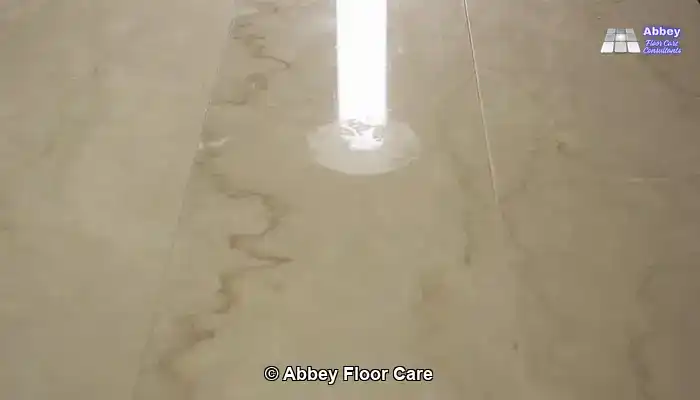
What Causes Etching on Marble Surfaces and How to Prevent It?
Marble etching arises from the reaction between acidic substances and the calcium carbonate present in the marble stone. Everyday household items, including lemon juice, vinegar, wine, and certain cleaning sprays, can instigate this harmful chemical reaction. When the acid interacts with the marble, it erodes a fine layer of the surface, creating dull patches that diminish the stone’s inherent shine and reflective qualities. It is crucial to grasp that while sealing your marble can offer some protection against stains, it does not guard against chemical reactions. Consequently, etching can still occur, even on sealed marble surfaces.
Pro Tip: Recommended Products for Daily Cleaning of Travertine Surfaces
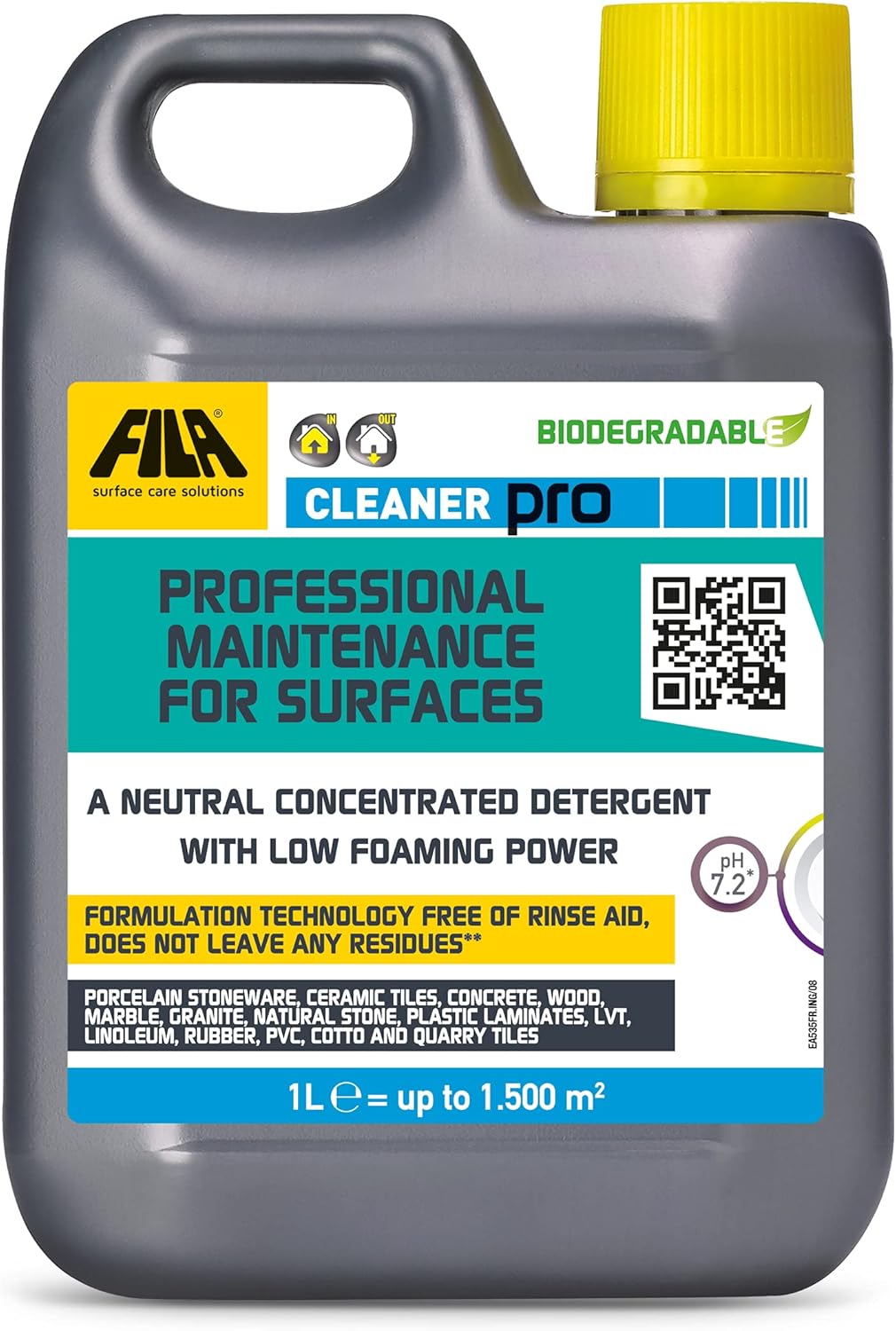
Fila Pro Floor Cleaner
|
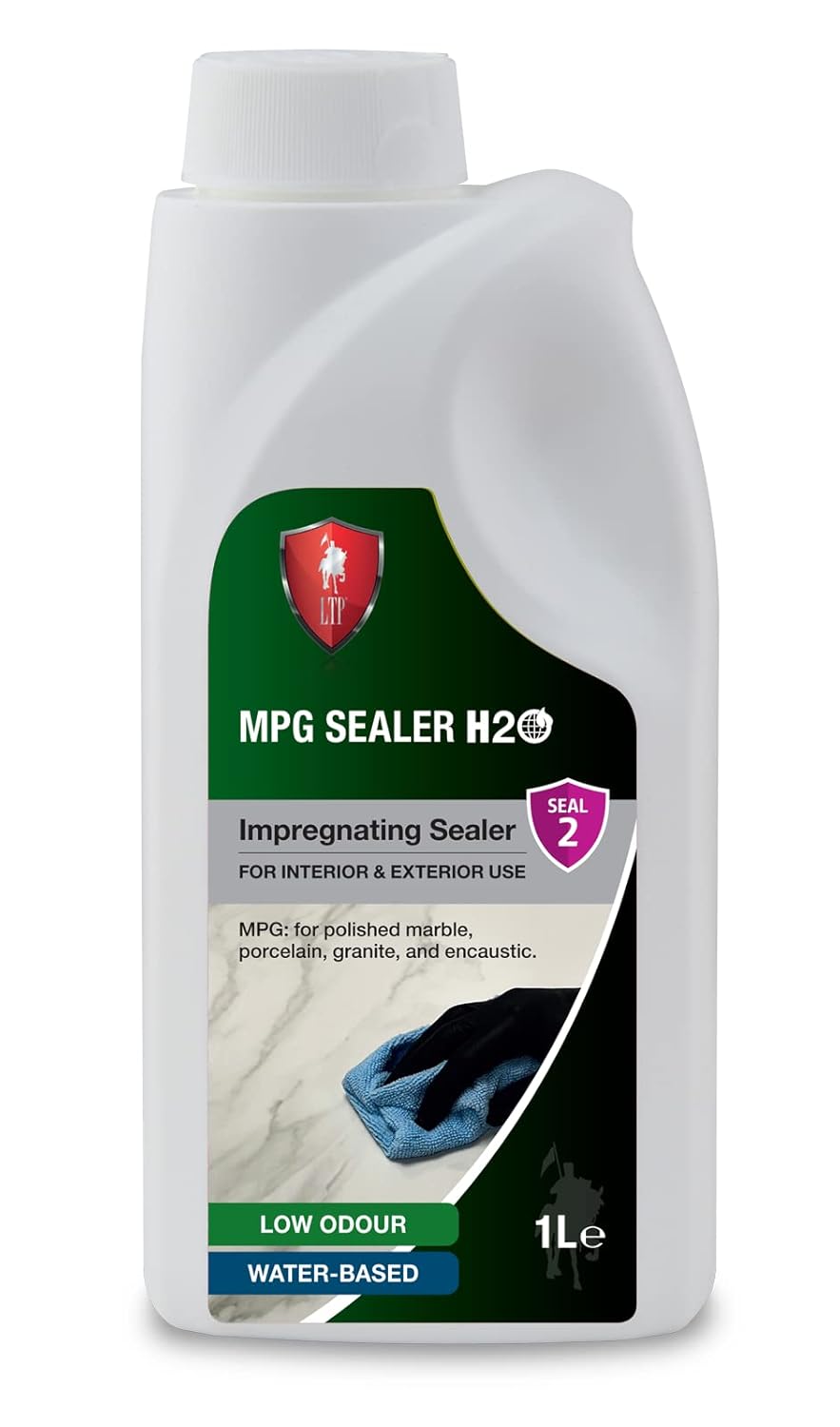
LTP MPG Sealer H20
|
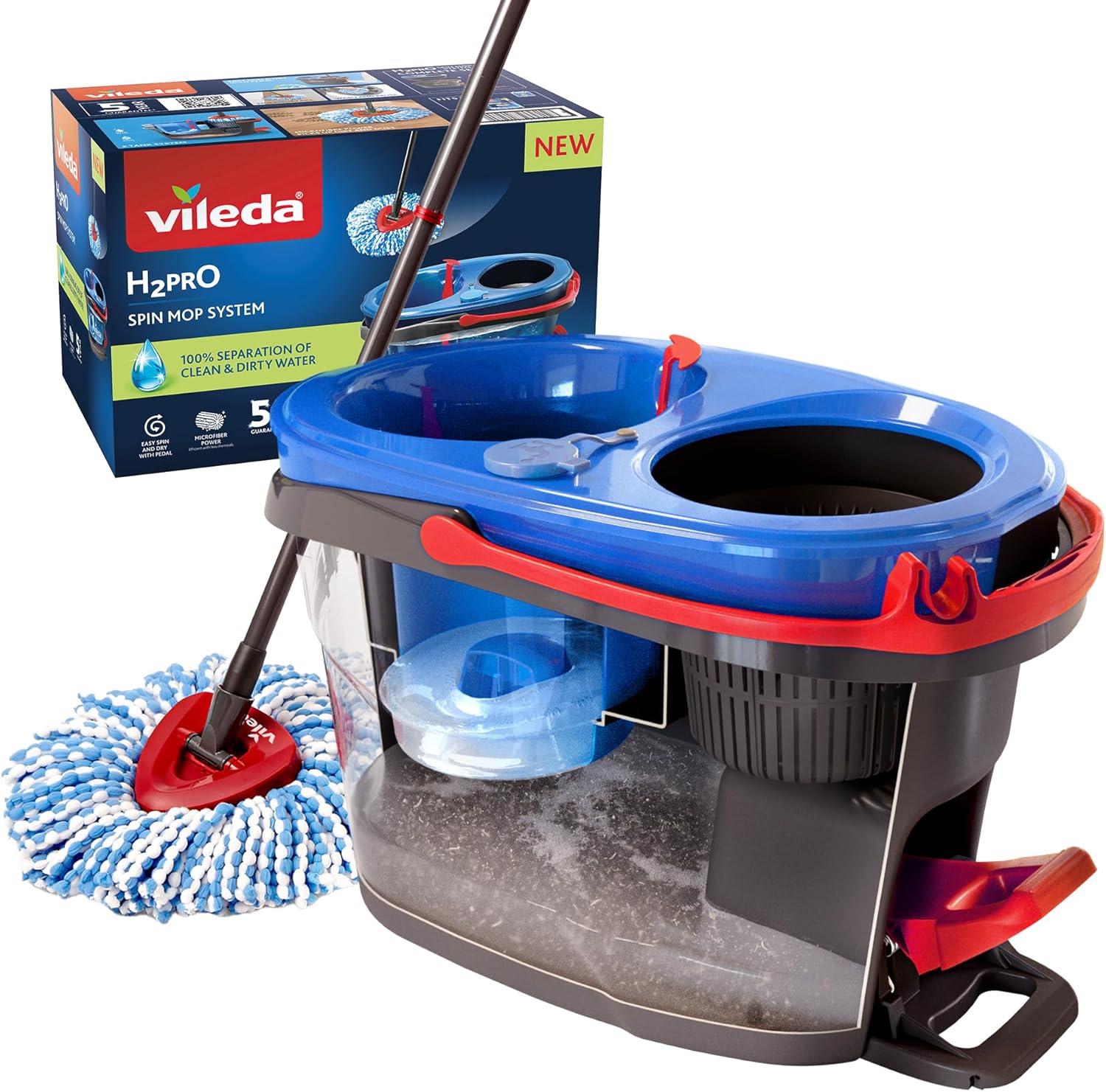
Vileda H2PrO Spin Mop System
|
Etching vs Staining: Understand the Differences for Effective Care
While etching and staining are often mistaken for one another, they represent distinctly different issues. Stains penetrate the marble, altering its colour, whilst etching impacts the surface texture. A tactile examination often reveals etching; if the affected area feels different—smoother or rougher—compared to the surrounding stone, it likely indicates etching. Stains manifest as noticeable colour differences, whereas etching appears as dull or cloudy patches. Accurately discerning the type of damage is imperative, as it dictates the suitable remedy and restoration strategy.
Why Is Marble So Vulnerable to Everyday Acids?
Marble is celebrated for its stunning beauty, yet it is softer than other robust stones like granite or quartzite. The high calcium content in marble renders it particularly reactive to acidic liquids, even those deemed mild. Numerous household cleaning products marketed as “multi-surface” or “bathroom safe” can inflict visible damage within seconds of contact. The moment an acidic substance touches the marble, it begins dissolving the polished surface. Recognising this sensitivity is crucial for the proper care and maintenance of your marble, as it helps prevent unnecessary damage.
What Should You Expect from a Comprehensive Marble Etch Removal Kit?
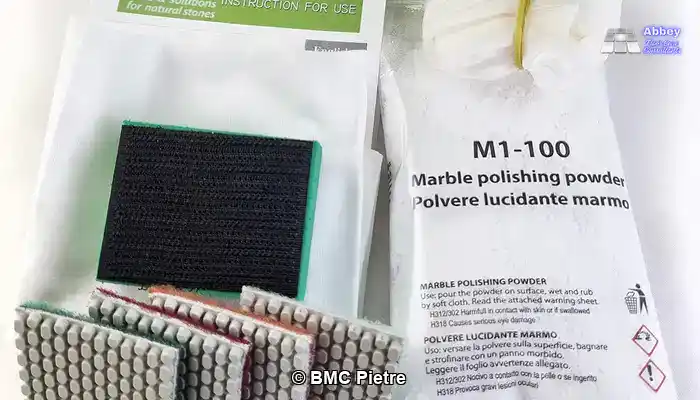
Exploring Common Ingredients and Their Functions in Effective Etch Removal
Most marble etch removal kits contain fundamental components such as diamond-impregnated polishing pads and a powder that combines mild abrasives, polishing powders, and chemical buffers, along with pads designed for the application of the polishing powder. These ingredients are specifically formulated to smooth the upper layer of the stone’s surface and restore some of its original shine. The process is straightforward: by gently rubbing the affected area, you polish away a thin layer of the dulled surface, allowing light to reflect evenly once more. However, the effectiveness of this method significantly depends on the depth of the etch and the specific type of marble being treated.
Understanding the Science Behind Polishing Powders and Pastes for Optimal Marble Care
Polishing powders and pastes utilise ultra-fine abrasive particles to level out micro-scratches resulting from acidic damage. When applied with wunderpressure and moisture, these compounds can slightly remelt or burn the marble’s surface, enhancing its clarity. This technique can effectively illuminate light etching, yet it does not rebuild the stone material itself. Essentially, you are refining the surface rather than resolving the underlying damage caused by acid.
How Do DIY Kits Claim to Effectively Remove Etch Marks from Marble Surfaces?
DIY kits generally promote quick results through straightforward “rub-in” polishing techniques. The procedure usually involves applying a small amount of the compound to the dull area, working it in with a cloth or buffer pad, and then wiping away the residue. While this can diminish the visibility of minor etches, the improvement is often temporary. Most kits are designed for light, superficial marks and are ineffective in addressing deep or extensive etching that alters the texture of the marble surface. The effectiveness also varies based on the density and finish of the marble; for instance, honed marble reacts differently during polishing compared to highly polished stone.
Assessing When DIY Kits Are Effective — and When Their Limitations Become Apparent
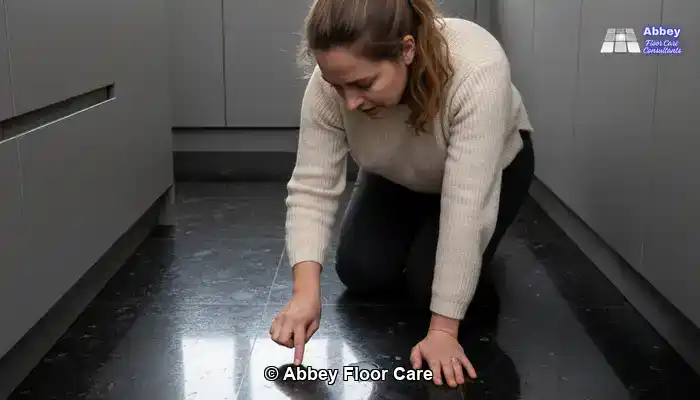
When Can Shallow Etches Be Effectively Treated by DIY Kits?
Marble etch removal kits are tailored to effectively address shallow etching marks that are barely noticeable in natural light and have not significantly altered the stone’s texture. If the dull spot vanishes when the surface gets wet, that’s an encouraging sign that it’s minor enough for a polishing compound to make a difference. In such cases, gentle buffing with the powder can help restore some shine, although the finished appearance may not perfectly align with that of the surrounding area.
Understanding Deep Etches and Their Detrimental Effects on Marble Surfaces
Deep etching poses a more intricate challenge. When acid damage penetrates the stone, it creates microscopic pits that cannot be effectively addressed with powders or creams. The surface becomes uneven, causing light to scatter instead of reflecting uniformly. DIY products typically lack the necessary abrasives or machinery to level out this type of damage, leading to persistent dull patches even after multiple applications. Over-polishing in one area can exacerbate the issue, making the surface appear patchy and drawing further attention to the flaw.
Why DIY Etch Removal Kits Are Insufficient for Addressing Deep Damage in Marble
The polishing powders and diamond pads contained in DIY etch-removal kits are designed for light surface polishing, not for eliminating deeper etches. While these kits may enhance the appearance of shallow marks, they lack the mechanical force necessary to penetrate through the chemically damaged layer of stone.
To effectively restore etched marble, you will require aggressive diamond tooling operated with electric hand machines. This method, known as diamond honing, physically grinds away the affected surface using progressively finer grits. It is the only reliable technique to eliminate deep, dull patches and restore a clear, even reflection.
Without this mechanical intervention, powders and pads merely buff the surface. They do not reach the depth of the etch, leaving the damage visible once the stone dries.
Evaluating the Effectiveness of a DIY Kit for Marble Etch Removal
How to Conduct a Preliminary Test on a Small Area with DIY Kits
If you are determined to experiment with a marble etch removal kit, it is prudent to start by testing it on a small, inconspicuous area. This approach allows you to set realistic expectations for the improvement you might observe. Follow the instructions to apply the compound, and then assess the area in natural daylight. If the dull mark displays only slight improvement, that result is likely the best you can achieve across the entire floor or countertop. Always refrain from aggressive rubbing, as this can leave swirl marks and create an uneven finish that detracts from the marble’s beauty.
How to Recognise When Your DIY Efforts Are Not Yielding Positive Results
A common error homeowners make is to repeat the process excessively, hoping for better results with each attempt. If the etched area remains cloudy after one or two tries, the damage has likely surpassed the kit’s capabilities. Continually rubbing the surface can wear away the stone’s protective polish, resulting in a larger dull patch. At this stage, you are merely redistributing the damage instead of genuinely repairing it.
Essential Tips to Prevent Further Damage During DIY Attempts on Marble Surfaces
Before using any product, it is crucial to thoroughly read the label to confirm its compatibility with your marble finish. Avoid acidic cleaners, abrasive pads, or mechanical buffers that are not specifically designed for stone. Always rinse the surface thoroughly afterward to eliminate any residues that could potentially react with the marble. By implementing these straightforward precautions, you can prevent the formation of new etches and safeguard your marble until you can arrange for a professional inspection if necessary.
Professional Restoration: Effective Solutions for Optimal Marble Care
The Significance of Diamond Honing and Polishing in Marble Restoration
Professional stone restoration employs diamond honing techniques to eliminate the upper layer of damaged marble, revealing a fresh and pristine surface underneath. Specialised machinery combined with a series of diamond grits is used to refine the surface until it regains its natural reflection. This process is purely mechanical and not chemical, meaning it addresses the physical damage directly instead of merely concealing it. Once honed, the marble can be polished to achieve the desired level of gloss and subsequently sealed for long-lasting everyday protection.
How Professional Techniques Provide Superior Results Compared to DIY Methods in Marble Care
In contrast to DIY kits, professional honing thoroughly removes the etched material rather than attempting to mask it. The machines utilised are specifically designed to ensure a uniformly flat surface across larger areas, a feat that manual methods cannot accomplish. Professionals navigate through multiple grit levels to match the original sheen, accommodating everything from matte finishes to high gloss. The end result is a consistent, reflective surface that restores both the aesthetic and tactile quality of the stone.
Why Professional Restoration Yields Longer Lasting Results for Marble Surfaces
Once marble undergoes proper honing and sealing, it becomes significantly easier to maintain. Professional sealing products penetrate deeply into the stone, reducing the rate at which liquids and dirt can be absorbed. Although sealing cannot entirely prevent etching, it simplifies future cleaning and helps preserve the even gloss achieved during restoration. With the right care routine, the results can endure for years before any further intervention is needed, keeping your marble looking pristine and beautiful.
Effective Strategies for Preventing Future Etching on Marble
Selecting Appropriate Cleaning Products for Marble Maintenance
The most effective defence against marble etching begins with your daily cleaning practices. Always choose pH-neutral cleaners specifically formulated for natural stone. Steer clear of vinegar, lemon-based sprays, or limescale removers, as even minor spills can lead to new etches. A simple mixture of warm water and a small amount of stone-safe cleaner is sufficient for routine maintenance and will protect your marble from damage.
Utilising Mats and Coasters in Sensitive Areas to Safeguard Your Marble
Preventive measures are considerably easier than remedial actions. In kitchens, place mats beneath chopping boards and drink stations to capture spills before they reach the surface. In bathrooms, store bottles and cosmetics on trays instead of directly on the marble surface. Even common items like toothpaste and mouthwash can etch polished stone if left sitting for prolonged periods. By incorporating these simple habits into your daily routine, you can significantly protect your marble over time.
Establishing a Gentle Cleaning Routine for Long-Term Marble Care
Marble flourishes with gentle care. Mop or wipe surfaces weekly, and promptly dry them with a soft microfiber cloth to avoid streaks. For floors, utilise felt pads beneath furniture legs and refrain from dragging objects across the surface. Consistency is paramount; light, regular cleaning will help maintain the stone’s natural sheen and minimise the risk of chemical damage.
Determining the Best Path for Your Marble Care Needs
Comparing Costs: DIY Kits vs Professional Restoration Services
In the UK, DIY etch-removal kits typically range from £20 to £60, contingent on brand and size. In contrast, professional marble honing and restoration services generally cost between £20 and £40 per square metre for moderate damage, escalating to £50 or more per square metre for heavily etched or larger areas.
While the DIY approach might seem to save money in the short term, it often only provides a temporary fix for light surface marks. Professional restoration, although initially more expensive, yields deeper, more enduring results that enhance the appearance and longevity of your marble, ultimately helping you avoid costly repairs in the future.
Guidelines for Selecting a Local Marble Specialist in Surrey
When searching for a marble specialist in Surrey, start by reviewing local testimonials and requesting before-and-after photos of their work with natural stone. Ensure they possess specific experience with marble and a thorough understanding of acid etching issues, rather than general cleaning experience. Inquire whether they utilise dust-free, water-based honing systems to minimise mess and protect your home’s interior.
Confirm that the provider communicates transparently about their process, the scope of work included, how they manage furniture and floor protection, and whether they offer warranties or maintenance advice following the service. A reputable specialist will clearly outline what level of restoration is achievable and realistic for your marble.
When Is Professional Care Worth the Investment for Quality Marble Restoration?
If your marble floor exhibits significant dull patches, pits that catch light, or inconsistent reflections across a large area, the DIY approach can inadvertently worsen visible damage — creating uneven gloss or highlighting flaws. In these scenarios, the expertise and controlled techniques that a professional provides justify the investment.
Deep etching alters the structure of the stone’s surface, and only mechanical methods, such as diamond honing, can effectively restore balance and clarity. If your marble is a key aesthetic feature in your home and you desire the best long-term results, opting for professional care is a sensible decision.
Frequently Asked Questions About Marble Etch Removal and Restoration
What is marble etching, and what processes lead to its occurrence?
Marble etching occurs when acidic substances, such as lemon juice, vinegar, or wine, interact with the calcium carbonate in the stone. This reaction dissolves a thin layer of the surface, resulting in dull or cloudy marks that differ from typical stains. Etching alters the texture, not just the colour, which is why conventional cleaners cannot rectify it.
Do marble etch removal kits genuinely work for light damage?
These kits can assist with very light, superficial etches where the damage hasn’t penetrated deeply into the surface. Kits containing polishing powders may restore a degree of shine, but they do not repair deeper etching. For more pronounced dull spots or rough patches, only diamond honing can eliminate the damaged layer and restore a uniform finish.
How can I identify if an etch is too deep for a DIY kit to address?
If the dull mark disappears when wet but reappears when dry, it’s likely shallow enough for a DIY polish. However, if the mark feels rough, reflects light at an angle, or remains dull after gentle buffing, it is too deep. At this point, professional honing remains the only reliable solution.
What is the typical cost of professional marble restoration in the UK?
Professional marble honing generally costs between £20 and £50 per square metre, influenced by the level of damage and the finish required. Minor repairs may incur lower costs, while larger or heavily etched areas could be more expensive. The price reflects the specialised equipment and expertise necessary to achieve a seamless, lasting result.
Can sealing marble effectively help in preventing etching?
Sealing aids in protecting marble from staining, yet it does not prevent etching. Acid can still react with the surface even if it’s sealed. However, sealants facilitate easier cleaning and slow down absorption, making them an essential aspect of long-term maintenance.
Is there a distinction between polishing and honing marble surfaces?
Indeed, there is a significant difference. Honing utilizes diamond abrasives to smooth the stone and remove damage, resulting in a matte or satin finish. Polishing refines the honed surface further to achieve a high gloss. Both processes work collaboratively; honing addresses the underlying issues, while polishing restores the final shine.
What preventive measures can I take to avoid etching in the future?
Utilise pH-neutral stone cleaners, promptly wipe up spills, and avoid acidic products near your marble. Implement mats, coasters, and trays in high-traffic areas, particularly kitchens and bathrooms. Consistent gentle cleaning and immediate attention to any marks will keep your marble looking its best for many years ahead.
The Article Do Marble Etch Removal Kits Actually Work? (Before You Buy) first found on https://www.abbeyfloorcare.co.uk
The Article Marble Etch Removal Kits: Do They Really Work? appeared first on https://fabritec.org
The Article Marble Etch Removal Kits: Are They Effective Solutions? Was Found On https://limitsofstrategy.com

